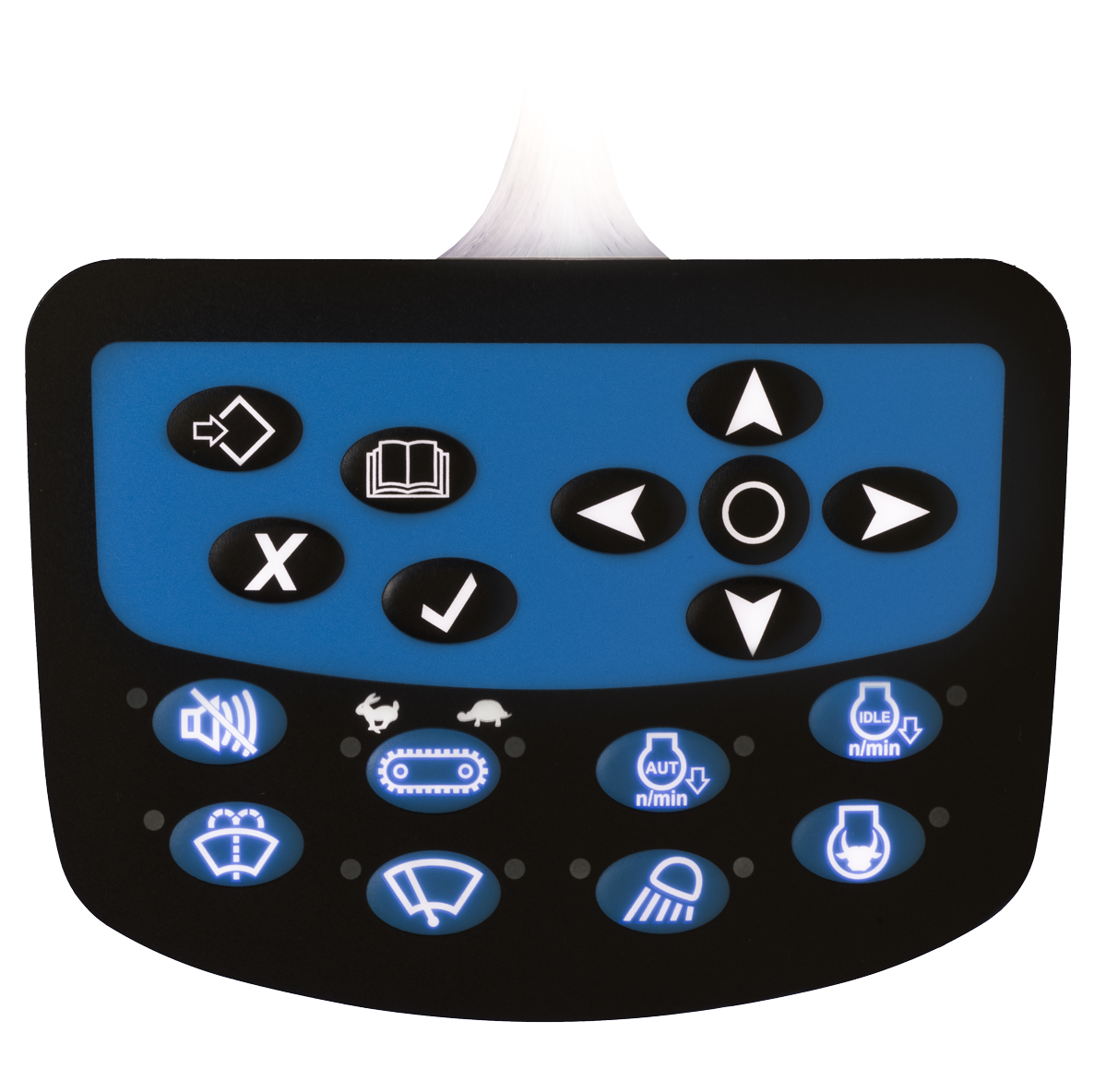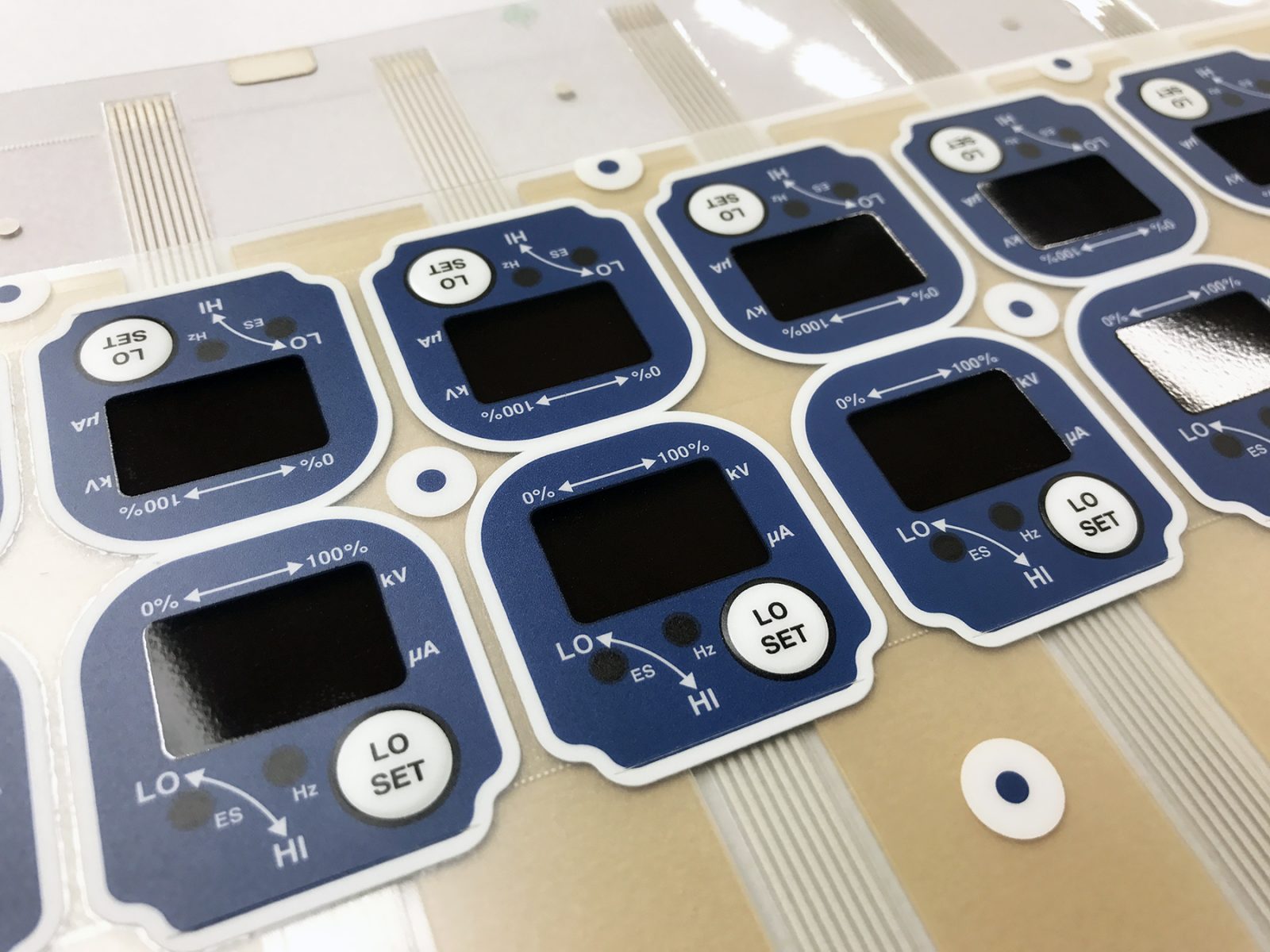You’ll notice the difference when working with a top-tier membrane switch manufacturer.
You’ll notice the difference when working with a top-tier membrane switch manufacturer.
Blog Article
Everything About Membrane Layer Switch: Comprehending Its Design and Performance
When you think of the control user interfaces in modern-day tools, membrane switches commonly enter your mind. These components are extra than just switches; they mix layout and functionality perfectly. Understanding exactly how they function and what makes them reliable can transform your perspective on daily electronic devices. But, there are nuances to their layout and performance that you could not understand. Allow's explore what collections membrane changes apart from various other control systems.
What Are Membrane Layer Buttons?

Membrane buttons can likewise be customized pertaining to shape, size, and graphics, permitting suppliers to create unique interfaces customized to certain products. On the whole, membrane buttons play a considerable role in improving user experience across a vast array of applications.
Just How Membrane Layer Switches Job
When you push a trick on a membrane switch, it triggers an uncomplicated yet reliable system. The leading layer, frequently made of versatile material, lowers onto a conductive layer underneath it. This action bridges the void in between conductive traces, finishing an electrical circuit. As quickly as the circuit closes, it sends out a signal to the tool's controller, which interprets your input.
You'll see that the tactile comments differs based on the switch style, using either a soft click or a much more pronounced feedback. When you release the secret, the membrane go back to its initial placement, resuming the circuit and stopping the signal. This process happens practically instantaneously, making certain a responsive customer experience.
Membrane layer switches are popular because of their longevity and resistance to dirt and moisture, making them suitable for numerous applications, from house devices to medical devices. Understanding this procedure assists you value their extensive use.
Secret Components of Membrane Switches
Understanding the essential elements of membrane layer buttons is basic for comprehending their functionality and layout. The protective layer shields versus ecological factors and put on, prolonging the button's life expectancy. By recognizing these components, you'll get understanding into just how membrane switches over operate and their relevance in different applications.
Materials Utilized in Membrane Layer Switch Over Design
The performance and toughness of membrane switches over greatly depend upon the materials made use of in their design. You commonly experience polyester and polycarbonate as main substratums as a result of their superb strength and flexibility. These materials stand up to scratches and chemicals, making them excellent for requiring atmospheres.
The conductive layers commonly make use of silver or carbon, selected for their integrity and conductivity. membrane switch manufacturer. Silver offers superior efficiency, while carbon is an affordable choice. For the overlay, you might think about a matte or shiny coating, depending on your aesthetic requirements and customer experience
Make certain to select adhesives that endure environmental variables like temperature and humidity. Choosing the right materials will assure your membrane layer button stands the examination of time.
Layout Factors To Consider for Membrane Switches
While developing membrane switches, it's important to take right into account different factors that affect their performance and customer experience. Begin by focusing on the format and button size; make certain they're instinctive and very easy to navigate.
Confirm your style fits ecological factors, like dampness or temperature variations, which might impact efficiency. By very carefully taking into consideration these elements, you'll create their explanation a membrane button that enhances functionality and satisfaction.
Applications of Membrane Buttons
Membrane layer buttons are versatile components discovered in different applications, from industrial devices to consumer electronics. You'll see their impact in devices that need resilient interfaces and in gadgets that profit from smooth designs. Comprehending these applications assists you appreciate the performance and functionality of membrane switches in daily technology.
Industrial Devices Usage
When you're looking to enhance the functionality of commercial devices, membrane layer switches supply a reliable service that integrates longevity with user-friendly style. These switches are best for harsh atmospheres, giving resistance to dust, dampness, and chemicals. Embrace membrane layer buttons to improve your procedures and improve general efficiency.
Consumer Electronic Devices Integration
In the domain of consumer electronic devices, membrane layer switches play a necessary function in boosting individual communication and gadget functionality. You'll discover them in tools like microwaves, remote controls, and pc gaming consoles, offering a smooth means to communicate with innovation. Their streamlined design permits very easy combination into various items, making controls user-friendly and straightforward. With their capability to include graphics and backlighting, you can appreciate a modern aesthetic that matches the tool's overall look. Membrane switches likewise guarantee durability and resistance to dust and moisture, prolonging the life expectancy of your electronic devices. By picking membrane layer buttons, you enhance not simply the capability but also the style of your devices, making day-to-day interactions smooth and satisfying.
Advantages and Downsides of Membrane Buttons
While membrane buttons supply a variety of advantages, they also feature some drawbacks that you must consider. One considerable advantage is their small layout, making them optimal for space-constrained look at more info applications. They're additionally affordable, giving a sturdy service with a low manufacturing expense. Furthermore, their seamless surface area is simple to clean, improving health in settings like healthcare facilities.

Nevertheless, there are negative aspects. Membrane layer buttons can have a shorter life expectancy compared to mechanical switches, especially under heavy usage. They can also be less responsive, which may impact individual comments during procedure. If damaged, repairing them can be challenging and commonly requires total substitute. Ultimately, their sensitivity to severe temperature levels and environmental problems may limit their performance in specific setups. Balancing these advantages and disadvantages will certainly assist you figure out if membrane switches are the right fit continue reading this for your project.
Regularly Asked Concerns
For How Long Do Membrane Layer Switches Typically Last?
Membrane layer switches usually last between 5 to one decade, depending upon usage and environmental problems. You'll want to review variables like wear, exposure to dampness, and temperature level variations to determine their long life successfully.
Can Membrane Switches Be Customized for Certain Designs?
Yes, you can personalize membrane switches to fit details styles (membrane switch manufacturer). You'll have the liberty to choose colors, shapes, and layouts that match your project's demands, guaranteeing they blend effortlessly with your total aesthetic
What Is the Expense Variety for Membrane Layer Switch Production?
The price variety for membrane layer button manufacturing commonly falls between $1 and $10 per system, depending upon variables like layout complexity, quantity, and products. You can get quotes from suppliers to discover the most effective alternative.

Are Membrane Switches Over Waterproof or Resistant?
Membrane buttons can be developed to be water-proof or immune, depending on materials utilized and building methods. If you need them for damp settings, guarantee you specify those requirements throughout the style process.
Just How Do Membrane Switches Contrast to Traditional Buttons?
Membrane switches are normally thinner and extra adaptable than typical switches, using a streamlined style. They're typically less complicated to clean and incorporate, yet could not give the tactile feedback you're utilized to with mechanical options.
Final thought

Report this page